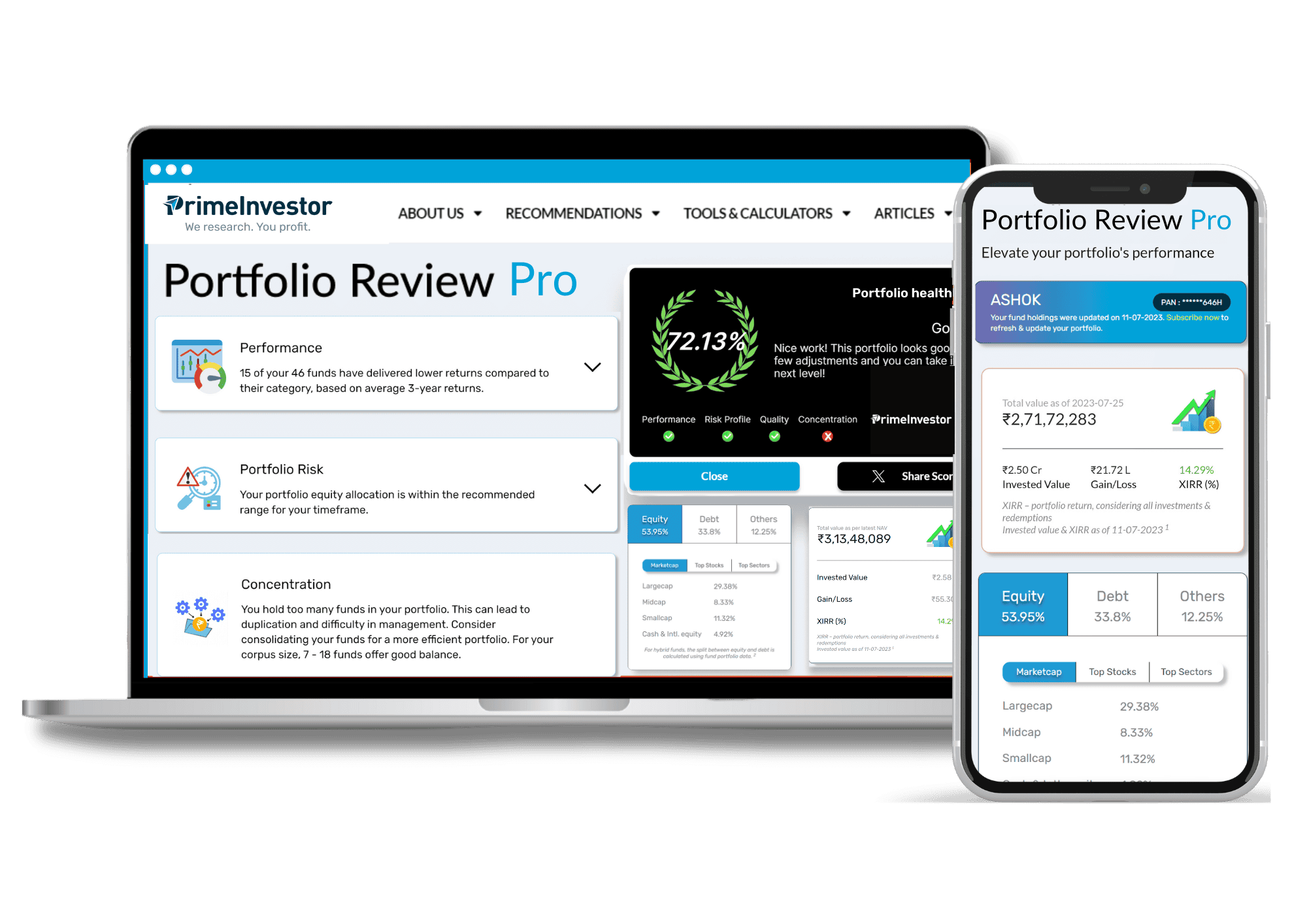Understanding the difference between CAGR (Compound Annual Growth Rate) and annualized return is essential for any investor, whether you’re tracking a listed IPO or analyzing your mutual fund performance. Both metrics help evaluate investment performance, but they differ in approach and interpretation. This is where a Compound Growth Rate Calculator becomes extremely helpful.
What is CAGR?
CAGR represents the smoothed annual growth rate of an investment over a period of time, assuming the gains are reinvested each year. It removes short-term volatility and gives a clear, consistent growth rate.
Formula for CAGR:
CAGR = (Ending Value / Beginning Value) ^ (1 / Number of Years) – 1
For instance, if you invested ₹1,00,000 in a listed IPO three years ago, and it’s now worth ₹1,60,000, the CAGR would reflect how much your investment grew annually, on average.
What is Annualized Return?
Annualized return also refers to the average yearly return, but it can include periodic cash flows (like dividends, coupons, or withdrawals) and more accurately reflects returns when money is added or removed at different times. It accounts for compounding and varying cash flows, making it ideal for more complex investments.
Key Differences Between CAGR and Annualized Return
- Use Case: CAGR is best for single lump-sum investments over time. Annualized return suits portfolios with periodic investments or withdrawals.
- Simplicity vs. Accuracy: CAGR offers simplicity, ideal for straightforward investments like a listed IPO or a mutual fund. Annualized return provides a more detailed view, useful for actively managed portfolios.
- Cash Flow Sensitivity: CAGR ignores intermediate cash flows, whereas annualized return incorporates them.
When to Use a Compound Growth Rate Calculator
If you’re evaluating the long-term performance of stocks, mutual funds, or IPOs, especially those with stable holding periods, a Compound Growth Rate Calculator is your best tool. It helps cut through the noise and gives you a consistent metric to compare returns across different assets or timeframes.
For example, if you’re comparing multiple listed IPOs from the last 5 years, using CAGR helps you rank them based on actual value creation over time.
Investor Tip: Use CAGR to set long-term return expectations and annualized return to evaluate actual portfolio performance when cash flows are involved.
In summary, both CAGR and annualized return are valuable tools. Use a Compound Growth Rate Calculator for simplicity when tracking the performance of a listed IPO or any straightforward investment. For more dynamic portfolios, understanding annualized returns will help you make smarter, data-driven decisions.


